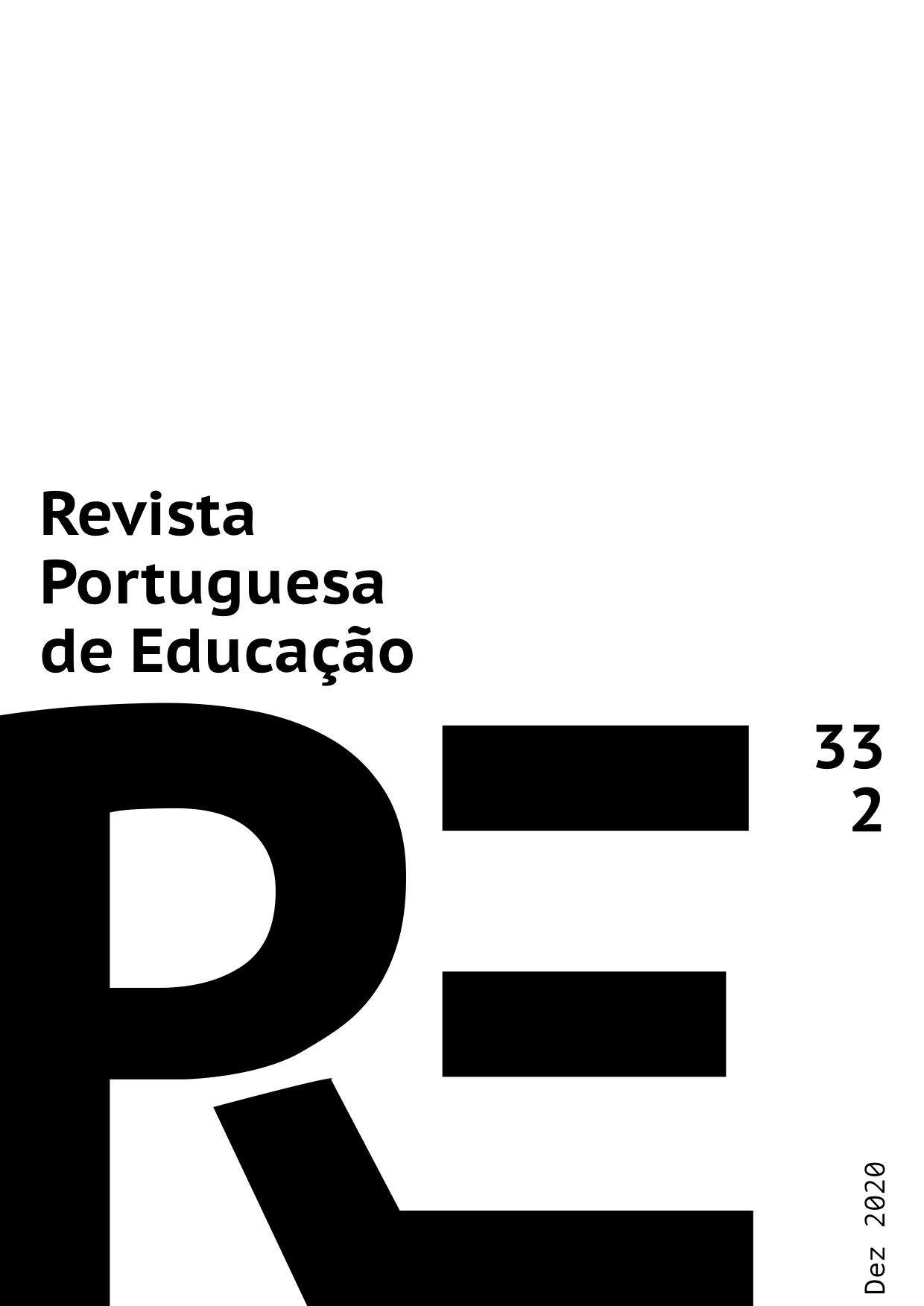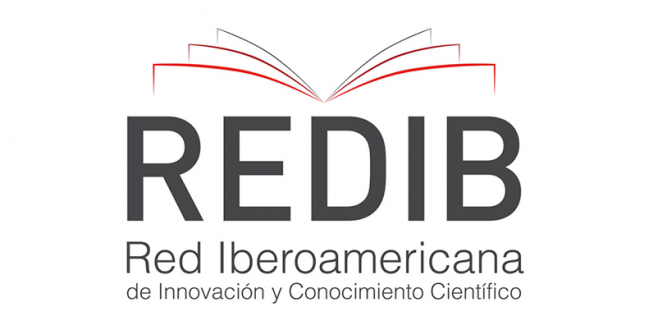Titles in the process of story writing by 2nd grade student
DOI:
https://doi.org/10.21814/rpe.18339Keywords:
Writing process, Titles, StoriesAbstract
The title, while referring to the text, also functions autonomously. Its motivation comes from its relationship to the text and to other known titles. We aim to understand the genesis of titles in the process of writing stories by 2nd grade students. For this, the interaction between the students, organized in dyads, producing stories was registered using the RAMOS system, an audio-visual resource that simultaneously captures the dialogue between students and what they are writing. The transcriptions of the production of 14 stories by four dyads were analysed and the dialogue concerning the title was considered as a unit of analysis. The results show the autonomous place of the construction of the title in the process of writing and the projection in the title of a nuclear element of the history. Understanding the process of writing a title may help students to be aware of its importance and possibilities.
Downloads
References
Camps, A. (1994). L'ensenyament de la composició escrita. Barcelona: Barcanova.
Camps, A., Guasch, O., Milian, M., & Ribas, T. (2000). Metalinguistic activity: The link between writing and learning to write. In A. Camps & M. Milian (eds.). Metalinguistic activity in learning to write (pp. 103-124). Amsterdam: Amsterdam University Press.
Hartley, J. (2005). To attract or to inform: What are titles for? Journal of Technical Writing and Communication, 35(2), 203-213.
Hartley, J. (2007). There’s more to the title than meets the eye: Exploring the possibilities. Journal of Technical Writing and Communication, 37(1), 95-101.
Hoek, L. H. (1981). La Marque du Titre. La Haye/Paris/New York: De Gruyter.
Paquin, N. (2008). Sémiotique interdisciplinaire ‒ Le titre des oeuvres: un « titulus » polyvalent. Protée, 36(3), 5–10.
Roy, M. (2008). Du titre littéraire et de ses effets de lecture. Protée, 36(3), 47–56.
Sahragard, R., & Meihami, H. (2016). A diachronic study on the information provided by the research titles of applied linguistics journals. Scientometrics, 108, 1315-1331.
Senda, Y, & Sinohara, Y. (2002). Analysis of titles and readers ‒ For title generation centered on the readers. In Proc. of COLING 2002 (pp. 421–424), Taipei, Taiwan.
Sturm, A. (2016). Observing writing processes of struggling adult writers with collaborative writing. Journal of Writing Research, 8(2), 301-344.
Referências incluindo os autores:
Barbeiro, L. (1999). Os Alunos e a Expressão Escrita. Lisboa: Fundação Calouste Gulbenkian.
Barbeiro, L. (2001). Profundidade do Processo de Escrita. Educação & Comunicação. 5, 64-76.
Calil, E. (1995). Ao sabor dos títulos: uma leitura linguístico-discursiva da noção de coerência. In Z. M. Ramos de Oliveira (Org.). A criança e seu desenvolvimento: perspectivas para se discutir a educação infantil (pp. 131-159). São Paulo: Cortez.
Calil, Eduardo (1998). Autoria: a criança e a escrita de histórias inventadas. Maceió: Editora da Universidade Federal de Alagoas, 1ª edição.
Calil, E. (2010). A menina dos títulos: repetição e paralelismo em manuscritos de Isabel. Alfa: Revista de Linguística (UNESP. Online), 54, 533-564. Disponível em <https://periodicos.fclar.unesp.br/alfa/article/view/3185>.
Calil, E. (no prelo). Sistema Ramos: Método para captura multimodal de processos de escritura a dois no tempo e no espaço real da sala de aula. Alfa, 63.
Calil, E. (2012a). Dialogues between two pupils during the process of writing a fictional story Verbal erasures and their forms of representation In: Fr. Cooren; Al. Létourneau (Eds.) (Re)presentations and Dialogue.1 ed. (pp. 325-341). Amsterdam : John Benjamins Publishing Company.
Calil, Eduardo. (2012b). A rainha comilona: dialogismo e memória na escritura escolar. Bakhtiniana, 7 (1), 24-45.
Calil, E., Amorim, K., & Lira, L. (2015). A criação de títulos para contos de origem inventados por escreventes novatos. In E. Calil & C. Boré (Orgs.). A criação textual na sala de aula (pp. 16-42). Maceió: EDUFAL.
Calil, E., & Pereira, L. Á. (2018). A construção de títulos para histórias inventadas. Atas do VII SIELP. Braga:
Pereira, L. Á, Coimbra, R. L. & Calil, E. (2017). Os Títulos de Contos que Crianças (re)Contam: uma “poética” da brevidade sem a angústia da influência. Revista Forma Breve, 14, 617-630.
Santos, E. S., Calil, E., Pereira, L. Á & Coimbra, R. L. (2018). Diversidade e densidade lexical em textos escritos por alunos recém alfabetizados: um estudo descritivo de produções individuais e em díades. Calidoscópio, 16(1), 25-32.
Downloads
Published
How to Cite
Issue
Section
License
1. The authors preserve their authorship and grant the Portuguese Journal of Education the right to the first publication. The work is licensed under Creative Commons Attribution License that allows sharing the work with the acknowledgment of initial authorship and publication in this Journal.
2. The authors have the right to take additional contracts separately, for non-exclusive distribution of the published version of their work (e.g. to deposit in an institutional repository or as a book chapter), acknowledging the initial authorship and publication in this Journal.
3. The authors have the permission and are stimulated to post their work online (e.g. in an institutional repository or on their personal website). They can do this at any phase of the editorial process, as it may generate productive changes, as well as increase impact and article citation (see The Open Citation Project).
The work is licensed under Attribution-ShareAlike 4.0 International (CC BY-SA 4.0)




















